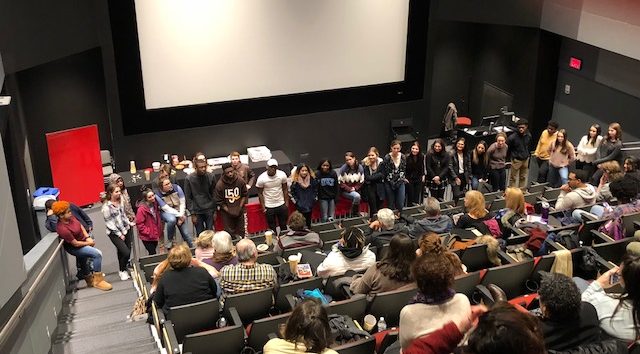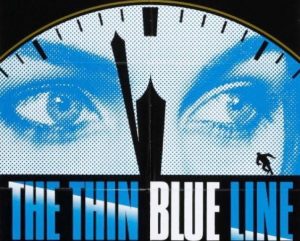When thinking about documentary, I keep returning to the idea of truth. Documentary is seeking the truth to the best of ones ability. In this film, Errol Morris ultimately tells two truths: the truth of the case itself, and the truth of how these people found that truth. Morris tries to make his own opinions unknown and purely show the truth of the case; he does so through the story of people who lived these events. The story is told through a synthesis of material: music, radio recordings, images, interviews, acted scenes, and newspaper articles. Normally, I would think that it would be difficult to keep to the truth in such a dramatized film; however, Morris does a very good job of this.
From the beginning, the audience hears different tales of the encounter. Morris also keeps the audience hooked through repeating shots in different ways, going back and looking at different peoples’ scenes during the same time. This is illustrating if testimonies match or not. I found The Thin Blue Line thought provoking because both documentary and investigation try to find truth; documentary is investigation.
While Morris’ voice is never actively inserted into the film, he does add many elements of art: intense original music, photo shots dramatically framed in black tint, shots of the buildup of cigarettes, shifting hours of the clock, the chocolate drink spilling on gravel, scenes shown in the drive-in theater, feet slowly stomping and loudly clicking. Morris uses artistic techniques to show what occurred, since it cannot actually be seen.

